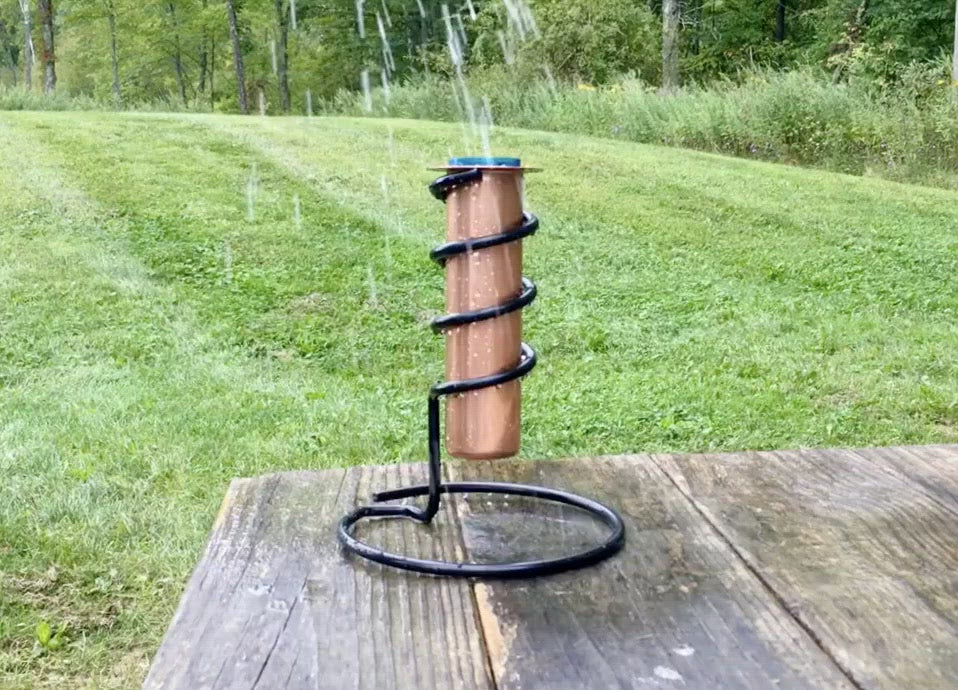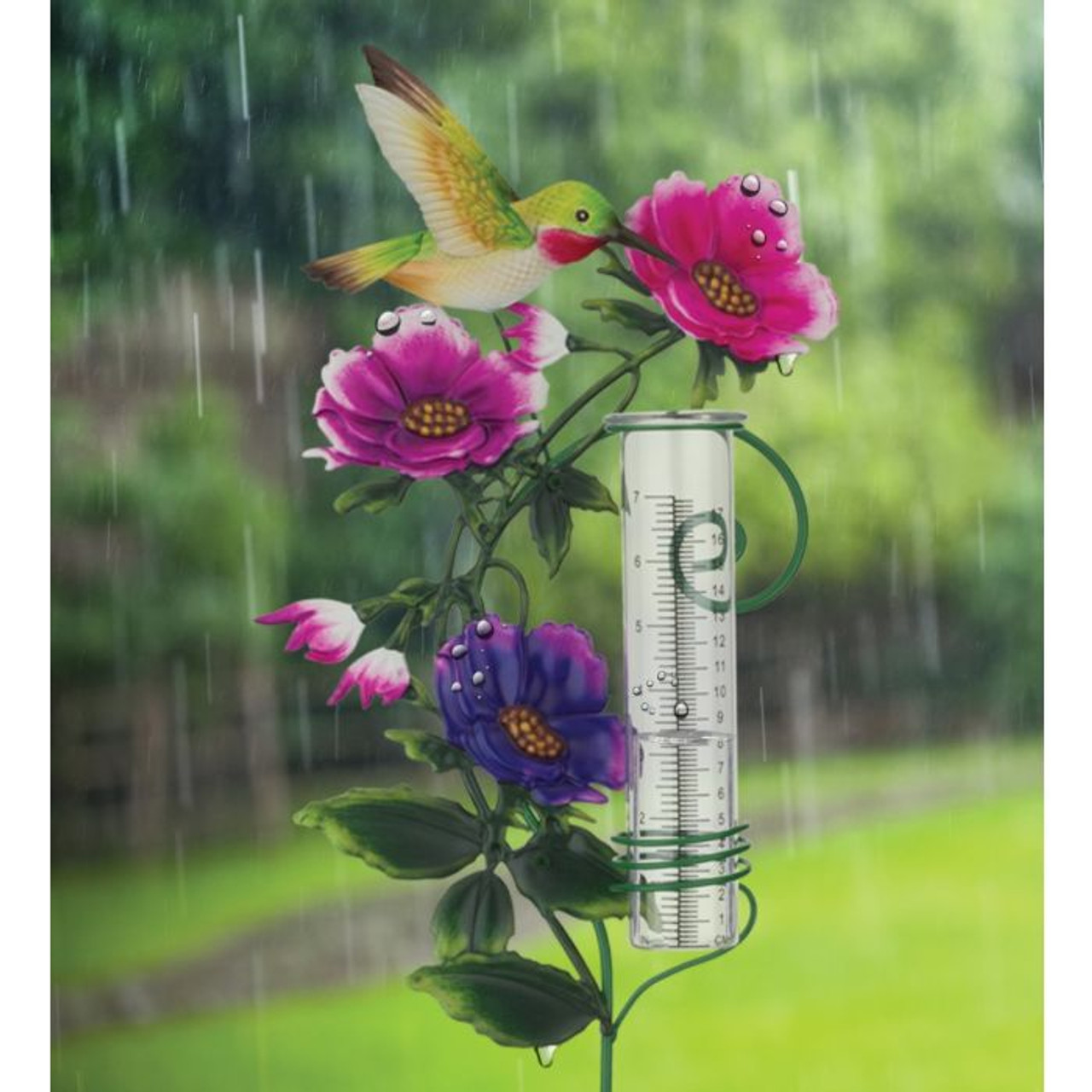The Rain Gauge: Encouraging Areas with Specific Rain Information
The Rain Gauge: Encouraging Areas with Specific Rain Information
Blog Article
DIY Rainfall Gauge: Simple Actions to Make Your Own
Producing your own DIY rainfall gauge is a effective and easy means to tape-record and determine precipitation. With just a couple of typical products and some standard actions, you can quickly create your own rain scale at home. Allow's get started on making your DIY rainfall gauge today!
Gather Materials
To begin constructing your do it yourself rain gauge, collect all the needed products making use of a detailed listing of products. Having the right materials available will make certain the successful development of your rainfall gauge and permit for exact dimensions of rainfall. You will certainly need a clear plastic container or cylinder, such as a plastic container or jar. Make sure the container is transparent so that you can conveniently see the water level inside. Next, you will certainly require a ruler or gauging tape to note the increments on the container. This will enable you to measure the amount of rains properly. In addition, you will need a long-term pen or water-proof tape to note the dimensions on the container. When exposed to rain, this will certainly guarantee that the markings continue to be visible even. Ultimately, you will certainly need a sturdy base or stake to securely hold your rain scale in location. This can be a wooden or metal risk that can be inserted right into the ground or a strong level surface area to give stability. Collecting these products ahead of time will simplify the construction procedure and guarantee that you have whatever you require to create your own DIY rain scale.
Prepare the Container

Mark the Dimension Increments
To properly gauge the quantity of rains, precisely noting the dimension increments on your DIY rainfall gauge is essential. Without clear and specific markings, it would certainly be challenging to identify the specific quantity of rains collected in your rainfall gauge. Below are the steps to note the dimension increments on your rainfall gauge.
The most typical systems for gauging rainfall are millimeters and inches. As soon as you have selected the device, use a permanent pen or water-proof paint to mark the increments on the side of your rain scale.
When noting the increments, it is necessary to make sure that they are equally spaced and clearly visible. Utilize a leader or gauging tape to make certain accuracy and consistency. Furthermore, make certain that the markings are immune to fading or massaging off, as exposure to the elements may trigger them to degrade with time.
Area the Rainfall Scale Outdoors
The go to this web-site rain scale need to be placed outdoors to accurately gather rainfall data. The place selected for the rain gauge ought to be open and complimentary from any kind of obstructions that might possibly impact the dimension of rainfall. It is crucial to locate a place that is not blocked by trees, structures, or various other structures that might obstruct the rainfall from getting to the scale. This will certainly make sure that the gathered data is representative of the actual rains in the location.
Furthermore, it is vital to position the rain scale on a steady surface, such as a degree ground or a strong message. This will certainly protect against any type of movement or tilting of the scale, which might result in inaccurate dimensions. It is likewise advisable to stay clear of putting the gauge near any type of sources of artificial water, such as sprinklers or water drainage systems, as this might disrupt the precision of the measurements.
Display and Record Rain Data
Normal tracking and recording of rains information is crucial for precise information analysis and analysis. By keeping track of rains measurements, you can obtain important understandings into climate patterns, climate fads, and water resource management. To successfully check and record rainfall data, it is necessary to develop a link regular and keep consistent practices.
Firstly, make certain that your rainfall gauge is positioned in an open location away from obstacles such as trees or structures that may obstruct rainfall. In addition, ensure the rain scale is degree and securely secured to stop any kind of motion that can affect the precision of the measurements.

When tape-recording the rainfall information, it is crucial to note the day and time of each measurement. Make use of a ruler or a determining stick to establish the rains depth in the rain gauge, and document this details precisely.
To make sure the accuracy of the dimensions, it is suggested to empty the rainfall gauge after each recording. This will stop any type of overflow or dissipation from impacting succeeding dimensions.
Final Thought
To conclude, developing a DIY rainfall gauge is a straightforward and functional method to keep track of and videotape rainfall data (The Rain Gauge). By following the actions described in this write-up, you can quickly collect materials, prepare the container, note the measurement increments, and position the rain scale outdoors. On a regular basis keeping track of and recording rainfall information can offer beneficial info for numerous functions
Having the appropriate materials on hand will certainly ensure the successful production of your rain gauge and permit for accurate dimensions of rains.To properly gauge the quantity of rains, properly noting the dimension increments on your Do it yourself rainfall gauge is vital.The rain gauge ought to be placed outdoors to accurately accumulate rainfall data. The place picked for the rain gauge must be open and free from any type of blockages that might possibly influence the measurement of rainfall.In final thought, creating a DIY rainfall scale is a useful and basic means to monitor and record rainfall data.
Report this page